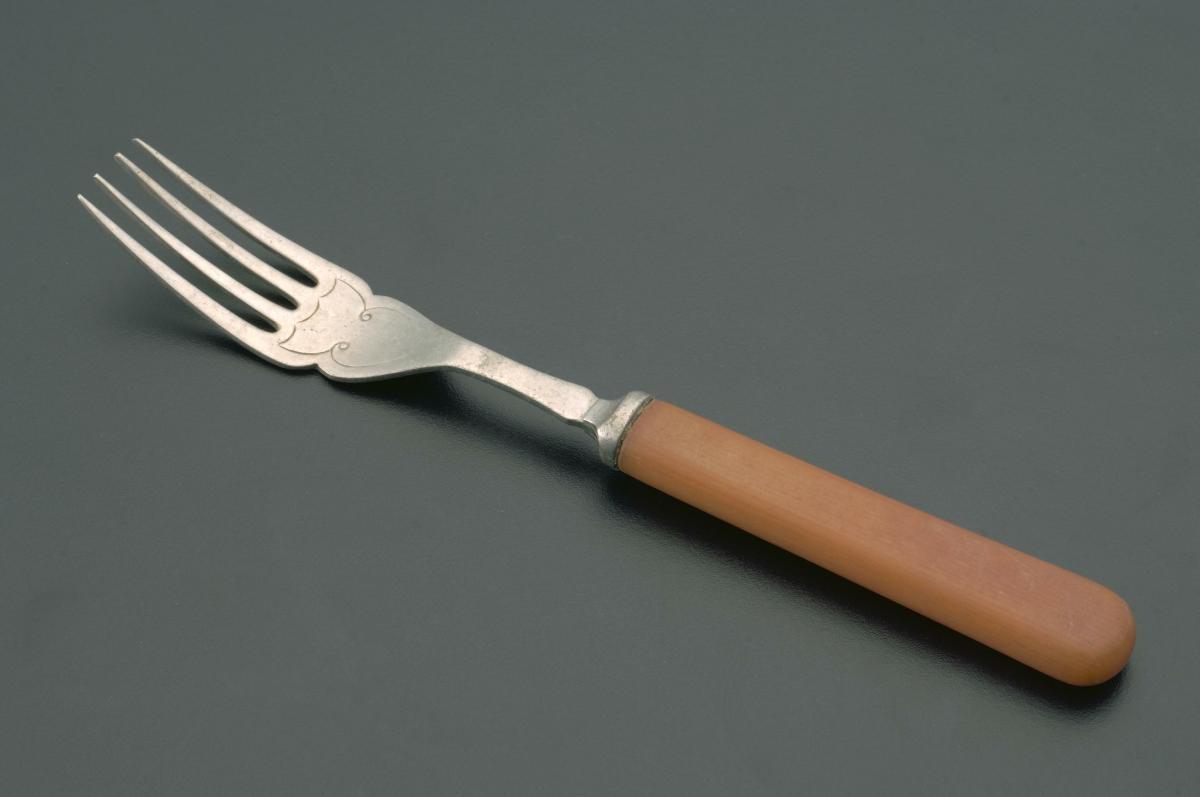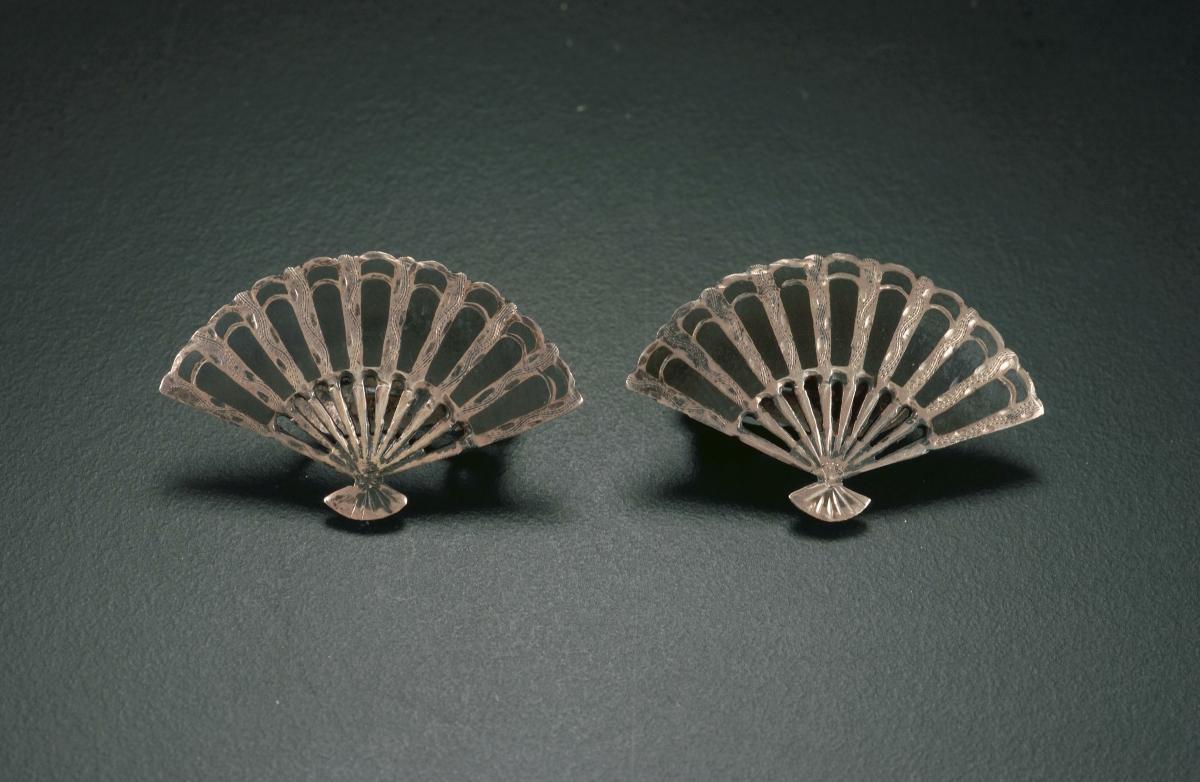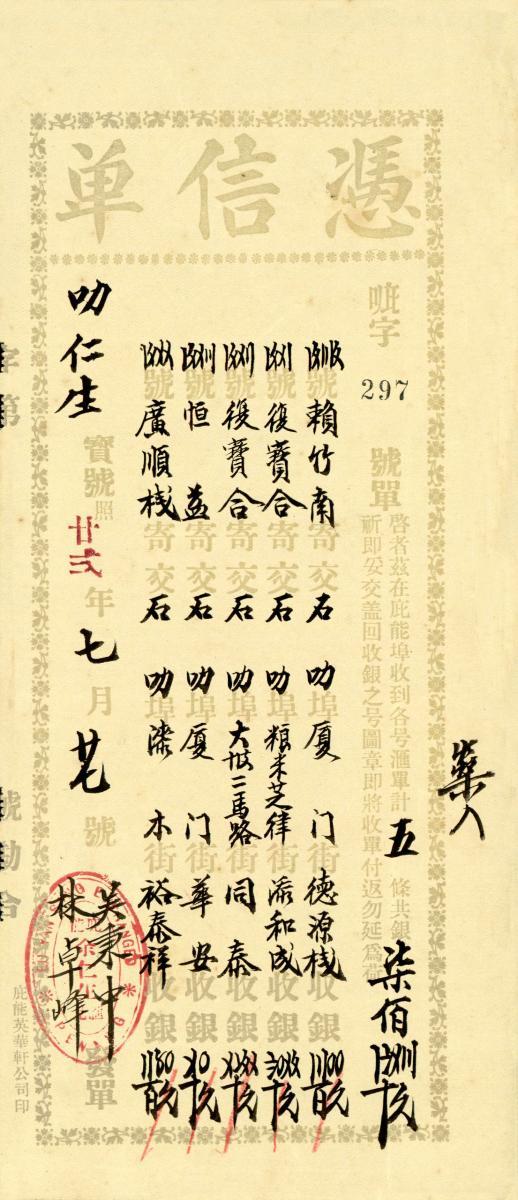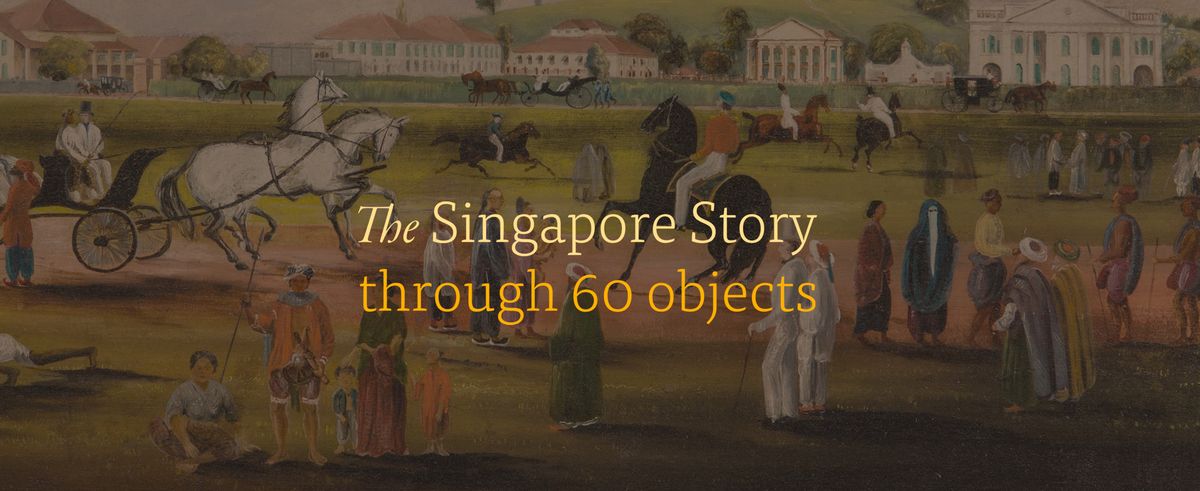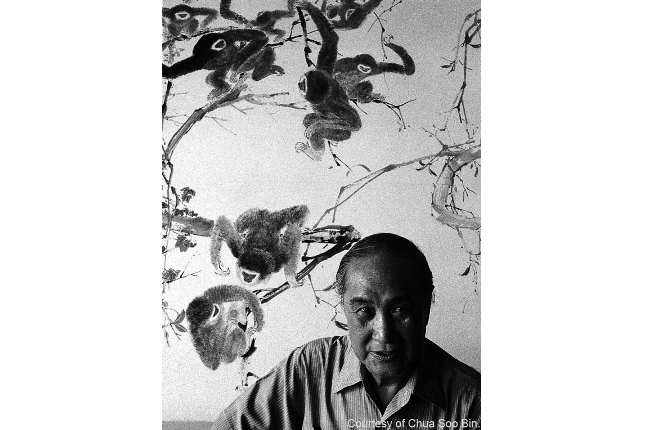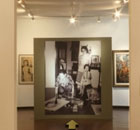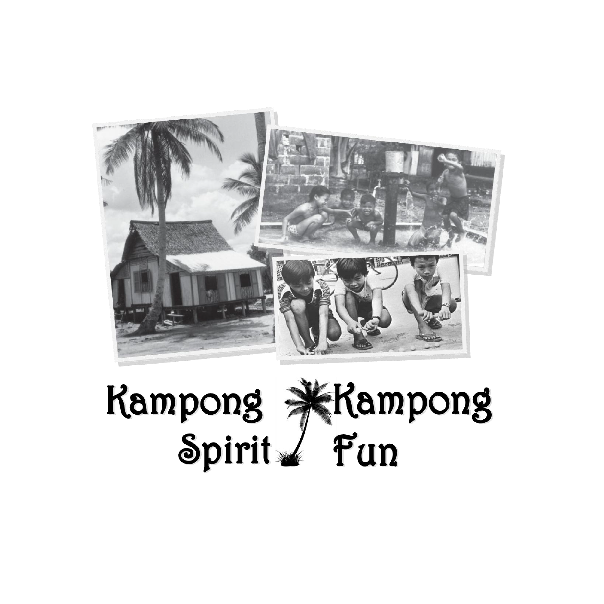This ewer is covered with a russet glaze that thins to a blackish-brown colour. The glaze ends above the foot to reveal a pale grey stoneware body. The simple form and richly-coloured glaze of this ewer embodies the elegant charm of most Song-period ceramics. These russet coloured glazes (sometimes also called persimmon glazes) may have been inspired by reddish-brown lacquerware that was also popular during the Song dynasty (960–1279). Russet-glazed wares were made at several northern Chinese kilns, with the Yaozhou kilns in Shaanxi province and Ding kilns in Hebei province being the more prominent producers.





